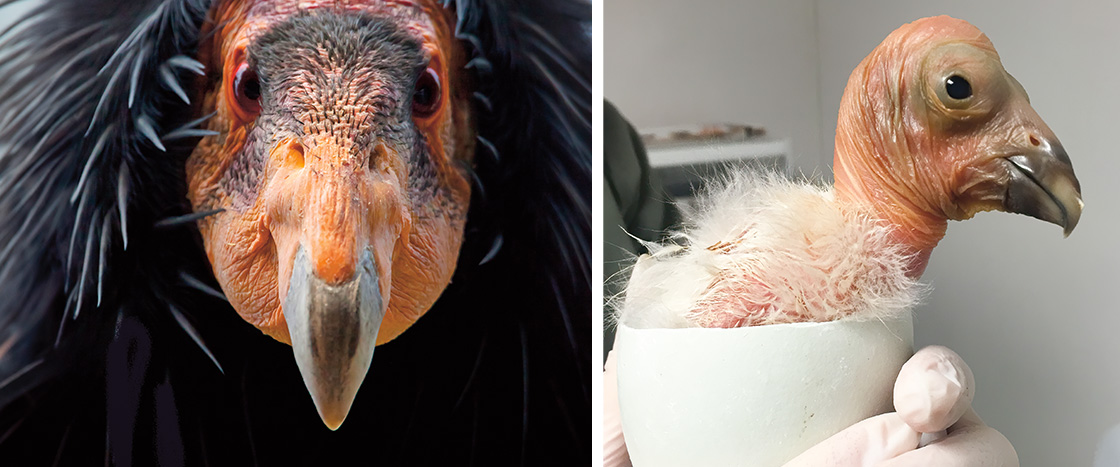An enormous bird lowers her bald pink head over a blue-green egg. She gently nudges it with her beak, then slowly settles her body on top of it. Over the next several weeks, this mother and her mate will take turns keeping the precious egg warm.
What this bird—called a California condor—doesn’t know is that the egg she’s caring for is not her egg! The egg in her nest is a “smart egg” designed to look just like the real thing. It’s filled with devices that detect temperature, movement, and sound.
A huge bird lowers her bald pink head. She gently pushes a blue-green egg with her beak. Then she slowly settles on top of it. This mother and her mate will take turns sitting on the egg. They’ll do this for several weeks to keep it warm.
This bird is a California condor. But the egg she’s caring for is not actually hers! The egg in her nest is a “smart egg.” It’s made to look just like the real thing. It’s filled with devices that detect temperature, motion, and sound.

